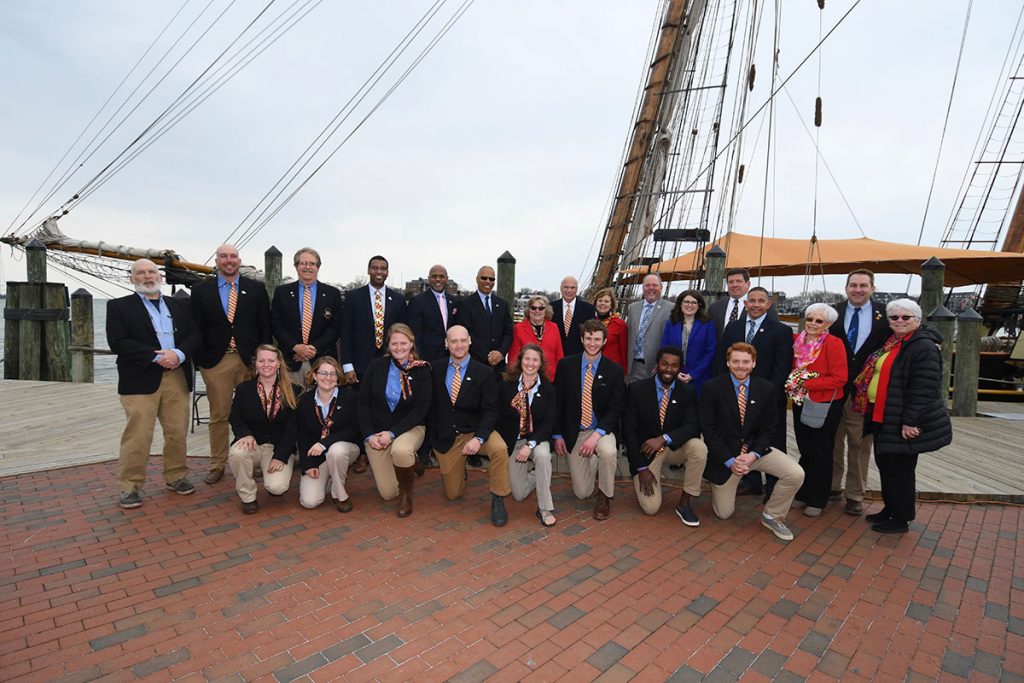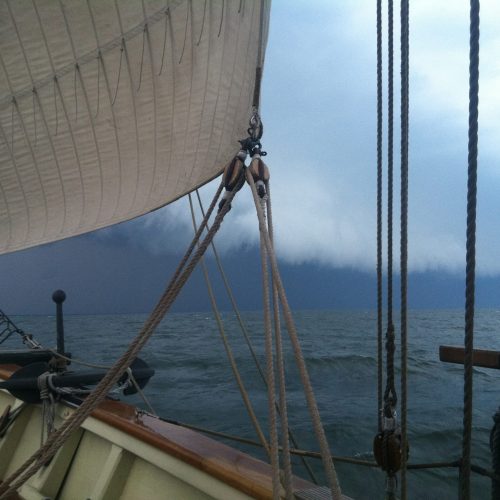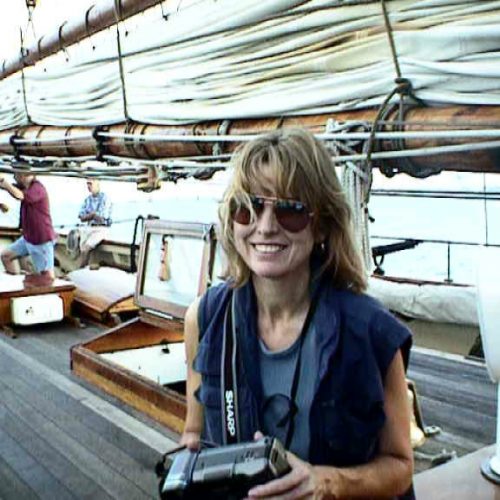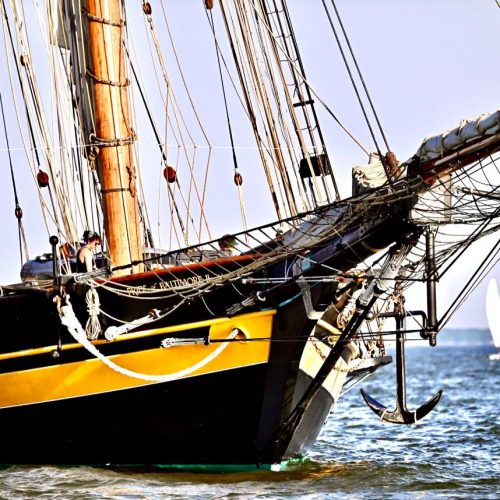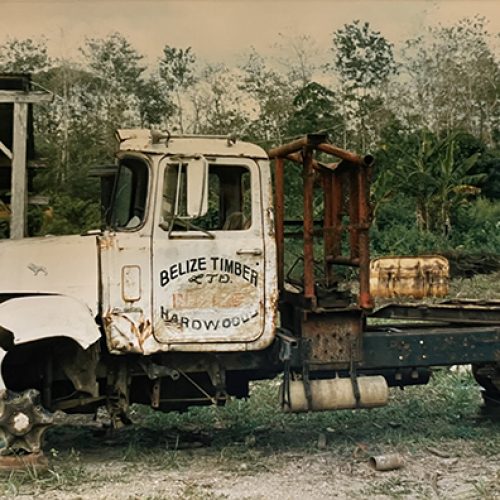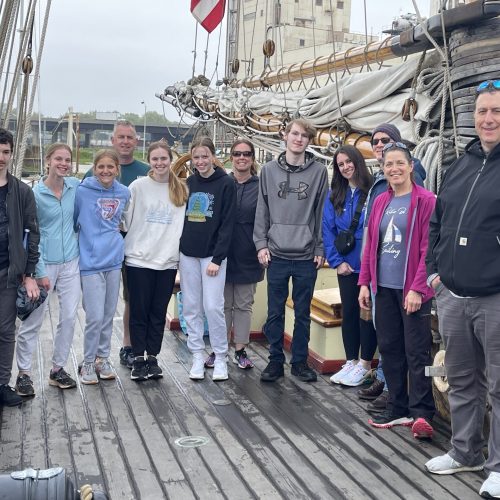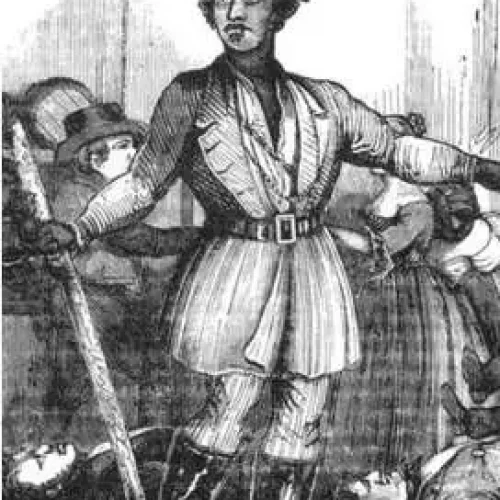Photo: Pride crew and friends in Annapolis for Maryland Day, March 25, 2019, courtesy of the office of the governor.
ANNAPOLIS, MD – Pride is back. Or as headlined in Annapolis and Baltimore front pages, “Pride debut.”
When I was young, I might have asked my parents, “What’s a debut?” What follows is from a dictionary:
noun
- a first public appearance on a stage, on television, etc.
- the first appearance of something, as a new product.
- (of a young woman) a formal introduction and entrance into society, as at an annual ball.
- the beginning of a profession, career, etc.
verb (used without object)
- to make a debut, as in society or in a performing art: She decided to debut with several other violinists.
- to appear for the first time, as on the market: A new product will debut next month.
verb (used with object)
- to perform (something) for the first time before an audience: He didn’t know when the orchestra would debut his new symphony.
- to place on the market for the first time; introduce.
adjective
- of, pertaining to, or constituting a first appearance: a debut performance; a debut record album.
The irony for me is that the Pride of Baltimore II legacy is more than 40 years old. She is renowned and admired nationally and worldwide. ‘Tis only Maryland that is characterizing the return of Pride of Baltimore II to her role as this state’s most unique icon as a debut.
It’s been since October of 2017 that Pride II last sailed. For the last 15 months, she has been laid up due to her operating nonprofit company, Pride of Baltimore, Inc., seeing a future of not enough financial support to keep Pride sailing. So a very sober, realistic holding strategy for minimizing expenses by laying the ship up and dismissing her crew was executed. Then an all-hands-on-deck administrative effort was launched by the executive director and the board of directors to secure renewed financial support from the State of Maryland on behalf of what I describe as “the peoples’ boat,” or Marylanders’ Pride. The effort was so very fortunately successful to team up with Maryland’s legislature.
One of the very unique aspects of the Pride legacy is that it was not cooked up by well-meaning private citizens saying to themselves, “This will be such a good thing that the government will want to assist.” Nope. Not at all. Rather, it was the mayor and city council of Baltimore back in the early 1970s that came up with the idea after a hired consultant advised them on a potential strategy for changing the hearts and minds of Baltimoreans about their town. Like most cities back then, there was an effort to revitalize. What is unique in the whole country was a marketing strategy leveraging Baltimore’s particular role in the nation’s history, a point in time nicknamed “The Second War for Independence.” Properly speaking, the 1812 War, in which Baltimore schooners, used as privately funded commerce raiders, aka privateers, drew the wrath of the British Royal Navy. Enough to provoke the Royal Navy to make an effort to sail past Fort McHenry, guarding Baltimore, to burn the shipyards building said Baltimore privateers. The failure of that endeavor, named by historians “The Defense of Baltimore,” inspired an American lawyer, who witnessed the bombardment and the abject withdrawal of the Royal Navy without success, to coin the words to a tune of the period that is now our nation’s national anthem, “The Star-Spangled Banner.”
What better way to restore the lost pride in the city of Baltimore than to resurrect what the world had long accepted was a uniquely capable and beautiful maritime craft of American invention? Those highly romanticized Baltimore clipper privateers. Solely and wholly a creation of Baltimore, stemming from a long Chesapeake Bay maritime transportation development period, seeking to make sail-driven transportation on the Chesapeake Bay easier and faster. Along the way of the more than 100 years of development starting in the second half of the 1600s, it was learned that the results of hull change and generous rig style created dependable and fast ocean sailors, rather than only Chesapeake Bay transport. That success for achieving speed and agility under sail led to greater astonishing success with American privateering leading up to the 1812 War. Baltimore privateers succeeded in being the only American design that caught or sunk more than 40% of all American privateer targets of that war. Hence the British Navy anger. Enough to come up into the narrow confines of the Upper Chesapeake Bay to burn the Baltimore shipyards. Instead, the failed attempt provided inspiration for the creation of the American national anthem, celebrating freedom from British restrictions on American commerce over the world’s oceans.
That first Pride of Baltimore of the 1970s and 1980s succeeded in stimulating a pretty rapid change of hearts and minds of Baltimore citizens. Similarly across Maryland and the whole country. Everywhere there was admiration for that beautiful Baltimore privateer. During the European Campaign of 1985/86, while captaining her, I heard Europeans wonder at both our beautiful Pride and where was Baltimore. We had to resort to saying near Washington, DC, or south of New York. More than 30 years later, after the building of Pride of Baltimore II to carry on the legacy of the first Pride, plus five voyages to Europe, we almost never hear the question of where Baltimore is. Everyone knows about Baltimore and Maryland, home of a most beautiful maritime creation — worldwide appreciated and renowned for her voyages, as well as her sailing prowess during international tall ship races.
Call Pride of Baltimore’s first sailings of 2019 her debut if you want. I rather think of these initial sails as the return of Pride in her home port and state, brought about by a stunningly positive vote by Maryland’s legislature, supporting the Governor’s earlier efforts during his first term at keeping Pride sailing. As a Marylander, I give thanks to good governance on behalf of Maryland citizens. There are plenty of opportunities to lose pride. It takes gumption and vision to know that there are untold rewards from energy applied to iconic symbols as ambassadors.
And so it comes to pass, we all can again celebrate together our collective gumption to preserve our more than 40-year vision of showing off, as well as sharing our beautiful-like-art Pride of Baltimore II.
Captain Jan C. Miles

